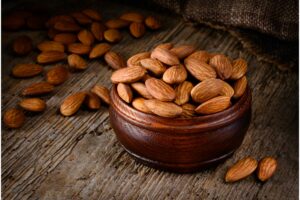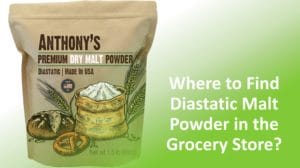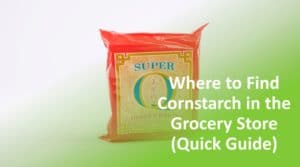Potato starch is a thickener and baking ingredient that’s seen a boost in popularity in recent years. It’s versatile, healthier than wheat flour, and not as processed as corn starch, making it especially popular with vegan, kosher, and gluten-free dieters.
But where can you find potato starch in the grocery store? And what can you use it for? Keep reading to learn all about it.
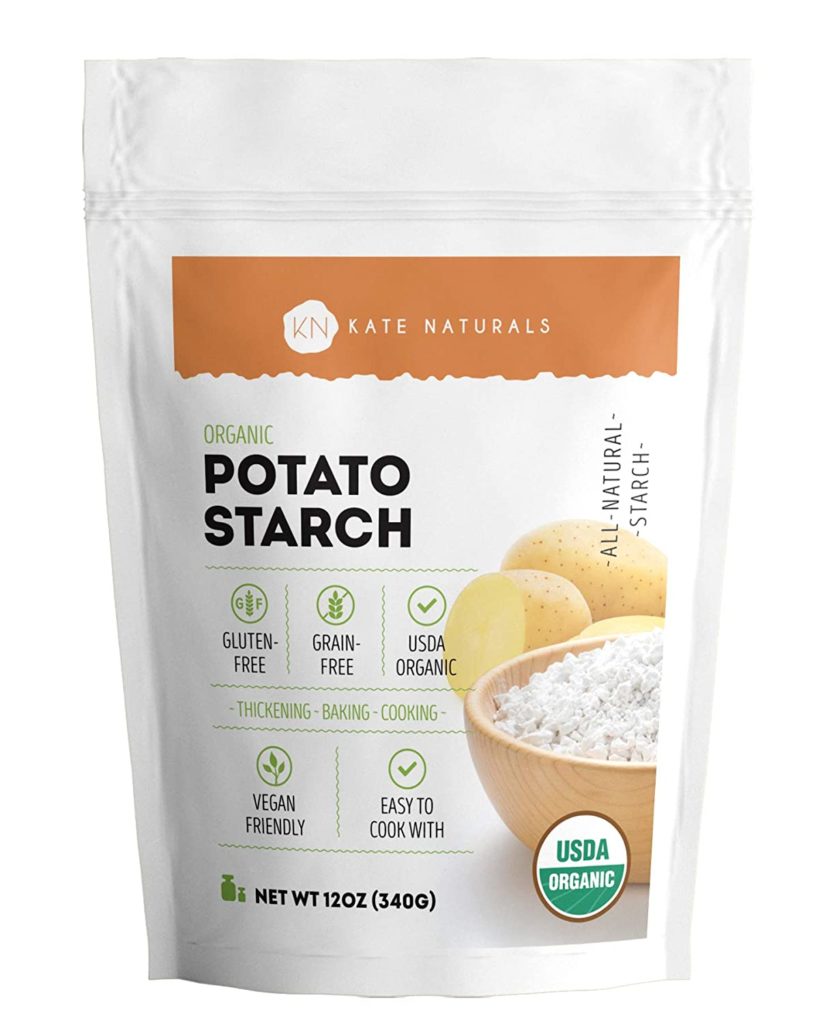
Where To Find Potato Starch in the Grocery Store
You can check a few areas if you’re hunting for potato starch in your grocery store. If it’s not in the first place you check, don’t get discouraged right away.
Baking Aisle
The first place you can check for potato starch is in the baking aisle. This is where you’ll find most flours, starches, and other baking ingredients.
There are certain brands that offer a wide range of flours, starches, and grains, like Bob’s Red Mill, that are your best bets for finding it.
Vegan or Organic Aisle
If your store is small or only carries one or two brands of potato starch, it might be a specialty brand. That being the case, if potato starch isn’t with the baking ingredients, you might be able to find it in the vegan or organic section.
Gluten-Free Section
Potato starch is naturally gluten-free. As gluten-free diets have flourished, many grocery stores have started to stock their own gluten-free sections.
This is another good spot to look for potato starch. These foods are usually stocked near the organic or specialty aisles.
Kosher Section
Since potato starch is a kosher food, you might be able to find it in the kosher section. However, depending on your area, you might not have an extensive kosher selection.
If it does, it’ll likely be in the international foods aisle.
Where to Buy Potato Starch Near Me
Potato starch is available at most major grocery stores, including the following:
- Acme
- Aldi
- Costco
- Food Lion
- Giant
- HEB
- Kroger
- Publix
- Shoprite
- Target
- Topps
- Trader Joe’s
- Walmart
- Wegmans
- Whole Foods
You’ll also be able to find potato starch in specialty grocery stores. For example, health food stores or kosher grocery stores will likely have it in stock. You can also check out online stores like Amazon or Thrive Market.
How to Store Potato Starch
The best way to store potato starch is sealed in an airtight container. You’ll also want to keep it in a cool, dry place that doesn’t see much sunlight or moisture.
The key is to prevent moisture and condensation from getting into the packaging.
A heavy freezer zipper bag should do the trick if you don’t have an airtight container. Just make sure the seams are solid, there aren’t any holes, and that it’s sealed tightly each time you put it away.
Like other baking ingredients, potato starch has a pretty long shelf life. So if you don’t think it’s an item you’ll use often, it’s essential that you store it properly to keep it from spoiling.
Common Ways to Use Potato Starch
Potato starch is a versatile ingredient to have on hand in the kitchen. Here are a few ways you can use it in standard recipes.
As a Thickener
One of the most common uses for potato starch is as a thickener. You can use it to thicken soups, sauces, pie fillings, and gravies to the right consistency. The best part is that it won’t clump up like flour often does in hot sauces.
When thickening hot sauces, be sure to sprinkle the starch into the sauce a little at a time. This way, you won’t risk adding too much.
To Make Cheese
You can also use potato starch to give fresh cheeses the perfect texture. In particular, you can use it to make soft cheeses like mozzarella or cheese dips smooth and creamy.
Potato starch works particularly well when making vegan cheeses. So if you’re into a vegan diet, it’s a great product to have on hand for your recipes.
Baking
Another excellent use for potato starch is in baking. You can use it in place of cornstarch in most recipes, including bread, pastries, and other baked goods.
It’ll give you that nice crispness you’d expect in cookies and other crackers from using cornstarch.
You can also use it as a substitute for flour in many recipes. However, just bear in mind that it can make your recipes a bit stiffer than flour. If you use too much, you’ll risk a dry finished product.
Frying Food
Many fried food recipes call for cornstarch as part of the batter or breading. Sometimes you’ll use it on its own, but you can also combine it with egg or water for a thicker batter.
Fortunately, if you don’t want to use cornstarch, you can use potato starch to give your fried food a crisp, golden texture. It works just the same and tastes better, too.
What to Get Instead
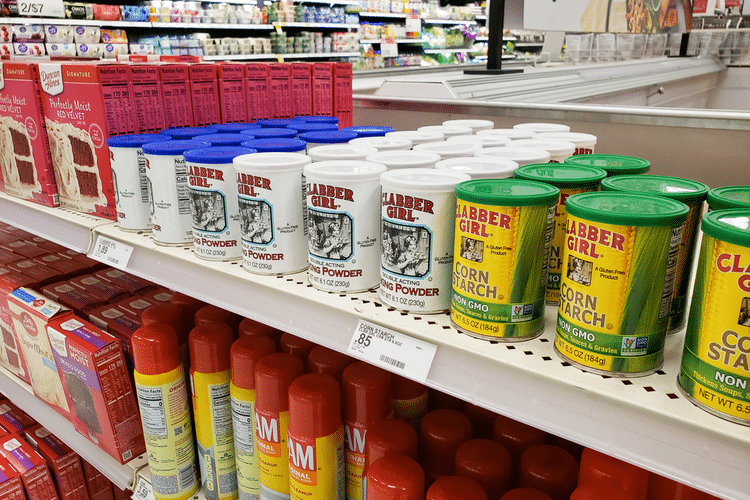
Is your grocery store fresh out of potato starch? Not to worry. You have plenty of options for substitutes if you can’t find what you’re looking for. Some will be easy to find, while others might be a bit harder to locate.
- Cornstarch in a 1:1 ratio.
- Mochiko flour in a 1:1 ratio.
- Wheat flour in a 2:1 ratio.
- Tapioca starch in a 1:1 ratio for thickening. Increase by 25-50% for baked goods.
- Arrowroot powder in a 2:1 ratio.
- Ground potato flakes in a 1:1 ratio. Best for savory dishes.
- Rice flour in a 1:8 ratio.
- Potato flour in a 1:1 ratio for certain recipes. See note.
One note about substitutions. You might come across potato flour on your hunt for potato starch, but they aren’t interchangeable. Depending on your uses, you won’t want to substitute one for the other.
Potato flour is heavier and tastes like potatoes, while potato starch doesn’t have much of a flavor. It can also lead to over-thickening if you use it in sauces, so if you have to use it, do so sparingly.


